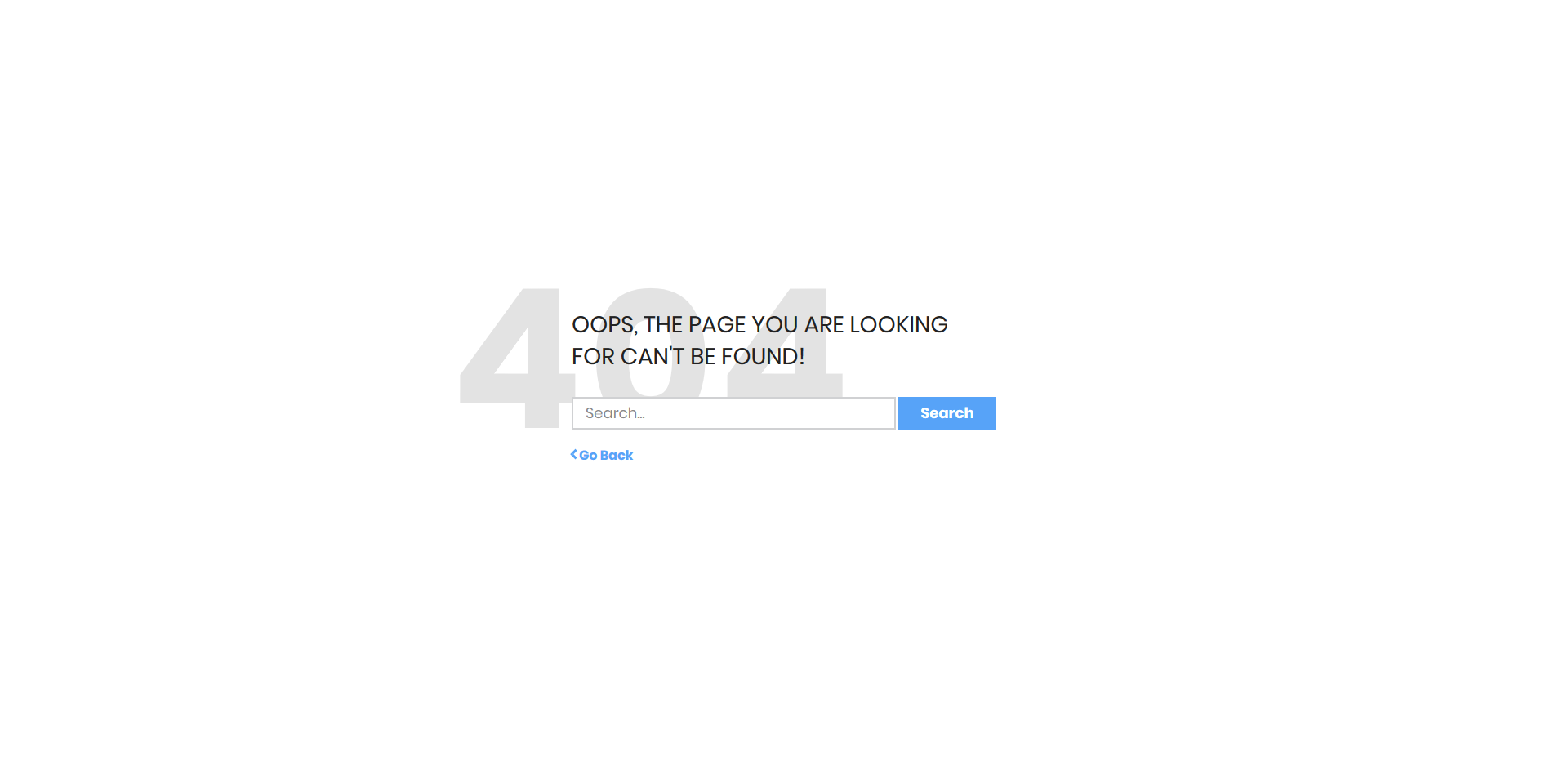

s Not Working in WordPress: Some Likely Causes and Fixes Our friends at wpcompendium have a guide that shows you how to do this. htacess file from scratch, which is definitely possible but beyond the scope of this post. If that’s not possible, then you’ll need to re-build the. If that doesn’t work, you may be able to restore an older. In a lot of cases, this solution fixes WordPress 404 errors. This will force an update of your settings and flush the rewrite rules. htaccess file is really simple: from within WordPress, go to Settings » s, and then simply click on the ‘ Save Changes’ button. htaccess file to keep your s looking ‘pretty’, rather than just a stream of letters and numbers). htaccess file was deleted or has become corrupted (WordPress uses the. The primary cause of this problem is that the. In this scenario, you’re able to access the admin area of WordPress and the main page of your blog, but no actual posts.įirstly, don’t panic! In the majority of cases, the posts are still available and perfectly safe. WordPress Page Not Found – But You Know it Exists! This error usually has nothing to do with your server, it just means the requested file (image, page, or post) is missing. When a 404 error message pops up, it simply means the server can’t find the page that the user requests.

WordPress has extensive options for creating your URLs, and offers suggestions which meet Google Best Practice standards. The type of you pick therefore has a direct impact on the SEO performance of your site. S are an important part of your site, as search engines such as Google use these URLs to index your site. A user-friendly URL is sometimes referred to as a ‘pretty ’ (aww, that’s cute!) The words that come after your domain name, usually separated by dashes, are known as the slug. The structure of a will usually be your domain name (e.g. It’s a permanent link (hence the name) and is designed to stay unchanged for many years, making it less susceptible to link rot.Ī is often rendered as simply as possible, meaning it will have a ‘friendly’ URL that people find easy to type and to remember. In Conclusion (and Some Very Good Advice!)Ī is the full URL (‘Uniform Resource Locator’) that you use for any given post, blog, page or content on your site.s Not Working in WordPress: Some Likely Causes and Fixes.WordPress Page Not Found – But You Know it Exists!.


 0 kommentar(er)
0 kommentar(er)
